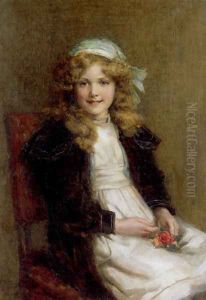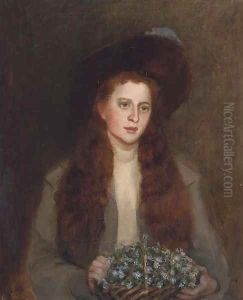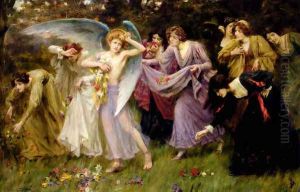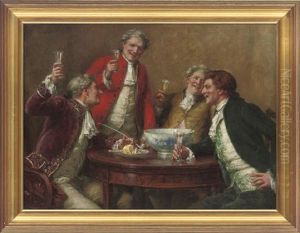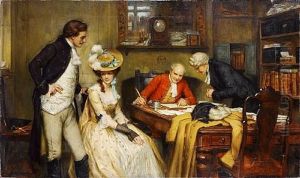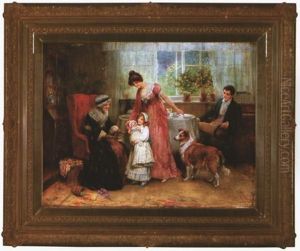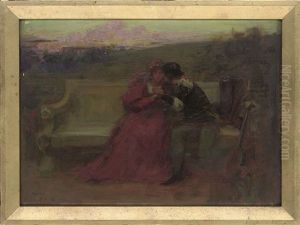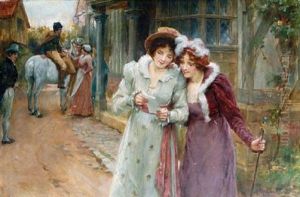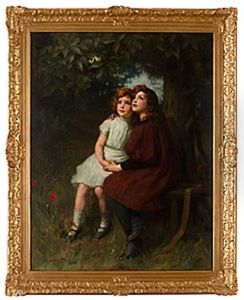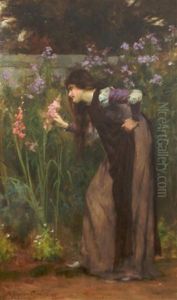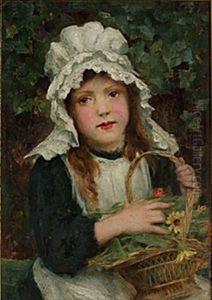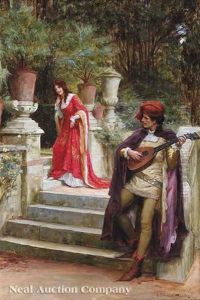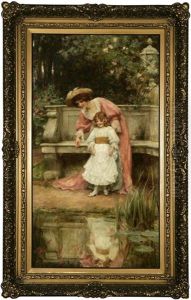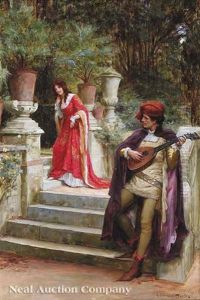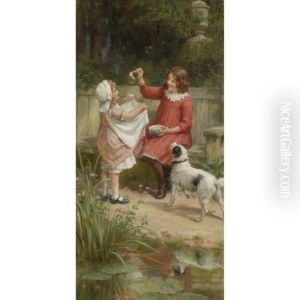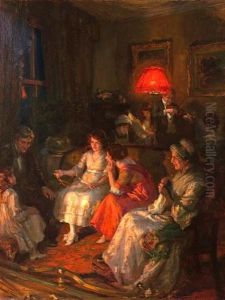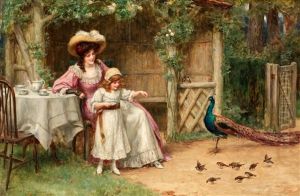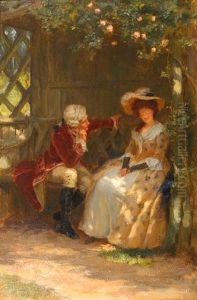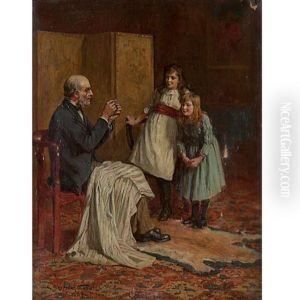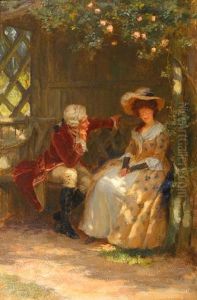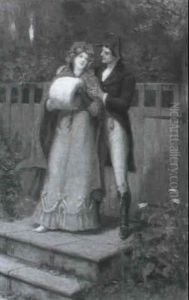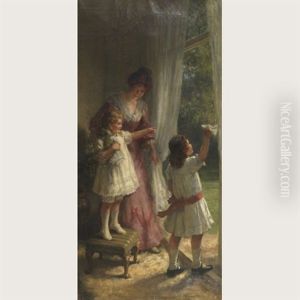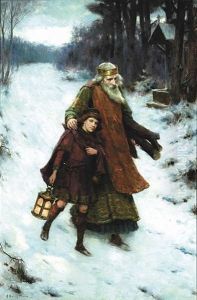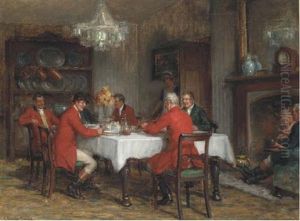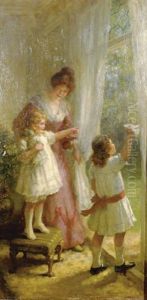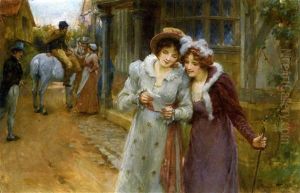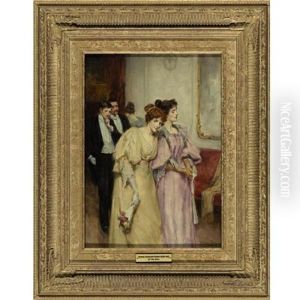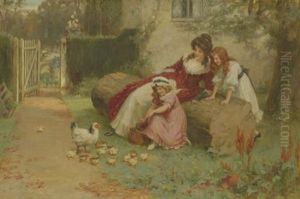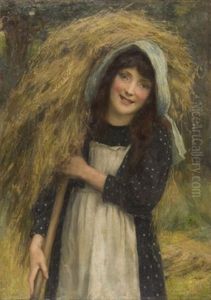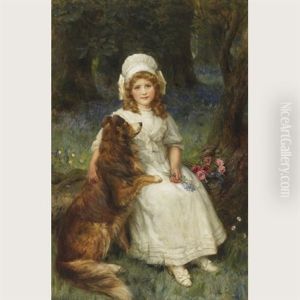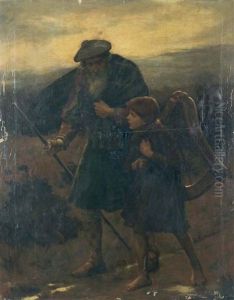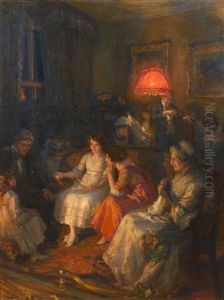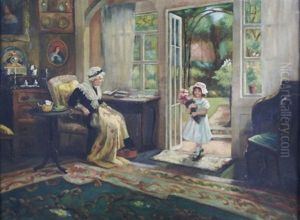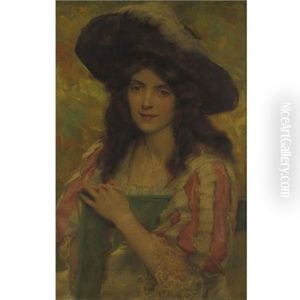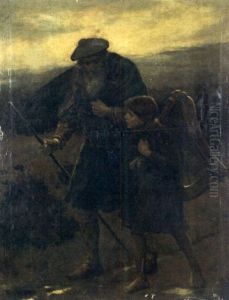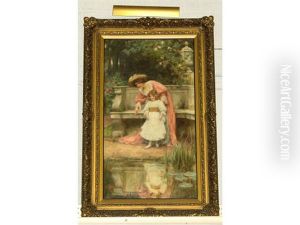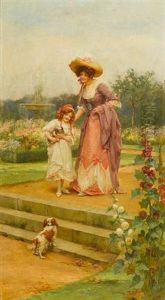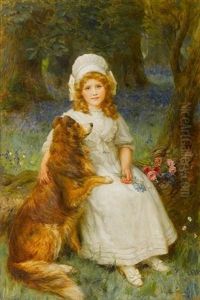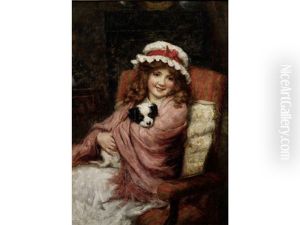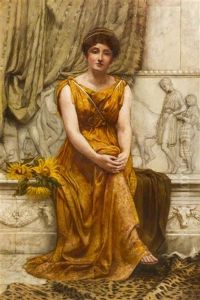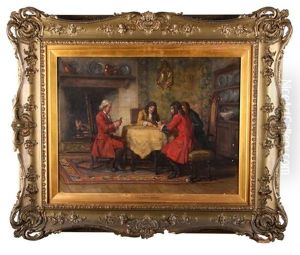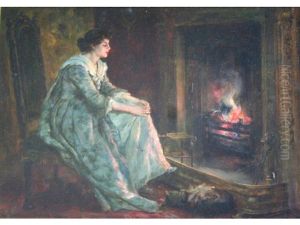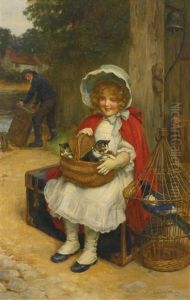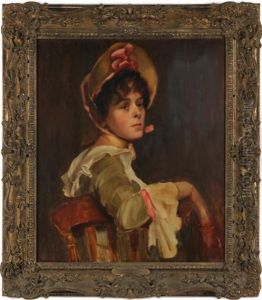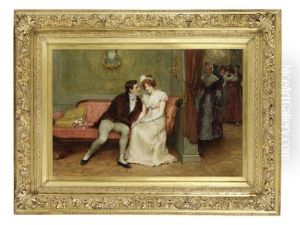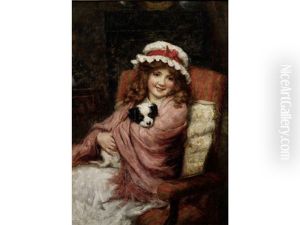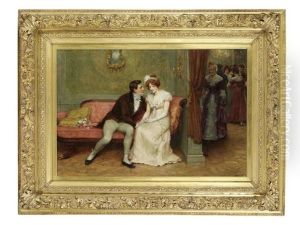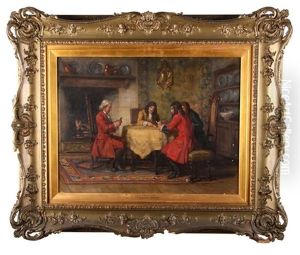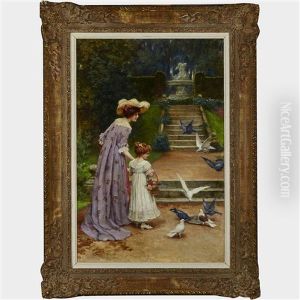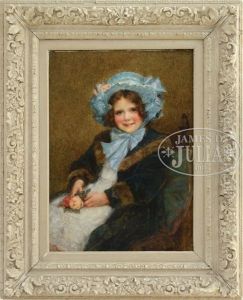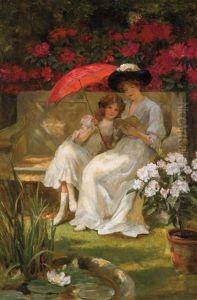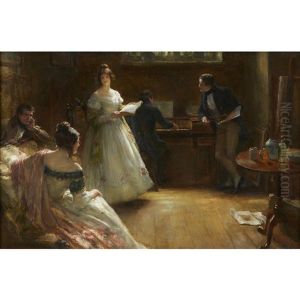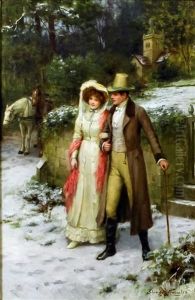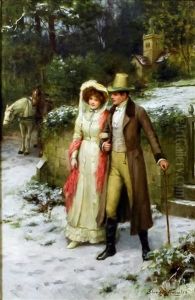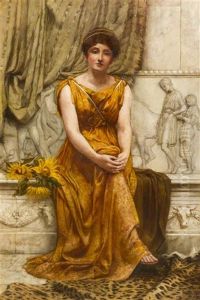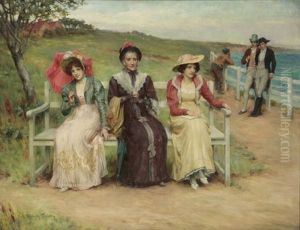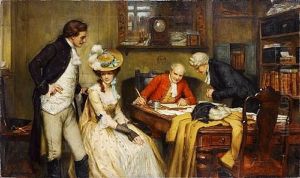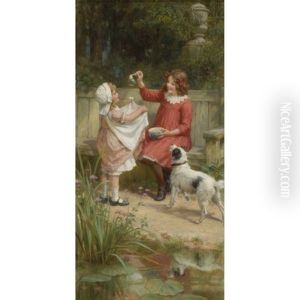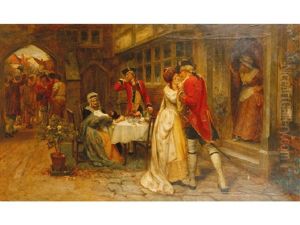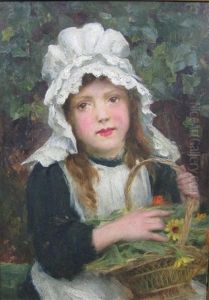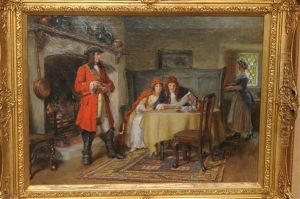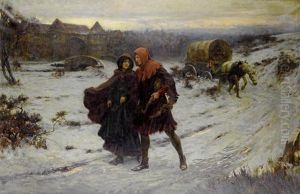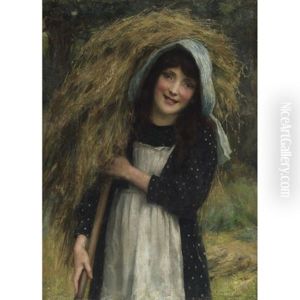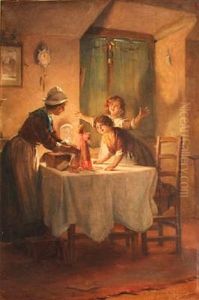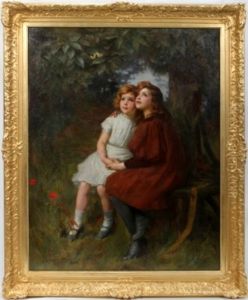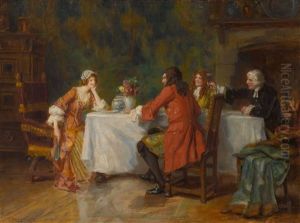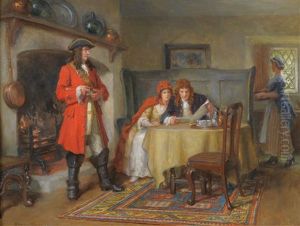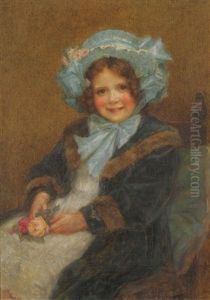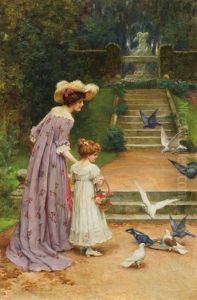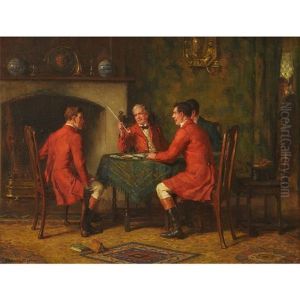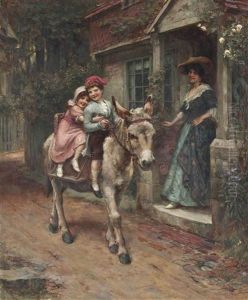George Sheridan Knowles Paintings
George Sheridan Knowles was a British artist born on February 25, 1863, in Manchester, England. He is best recognized for his work as a genre painter, focusing on historical and literary themes. Knowles was part of the late Victorian and Edwardian art scenes, during which time there was a strong interest in romantic and narrative subjects.
Knowles received his initial art education at the Manchester School of Art before moving on to further his studies at the Royal College of Art in London. His talent was evident early on, and he received several awards and scholarships that allowed him to travel and study in Paris. There, he was influenced by the French academic style of painting, which emphasized technical precision and often included historical or mythological themes.
Upon returning to England, Knowles quickly established himself as a successful painter. His works were regularly exhibited at the Royal Academy of Arts from 1888, and he also showed his paintings at the Royal Institute of Oil Painters and elsewhere. Knowles was particularly noted for his depictions of beautiful women in historical settings, often capturing moments of contemplation or intimate social interactions. These works were characterized by their fine detail, vibrant colors, and the use of lighting to create mood and focus.
Throughout his career, George Sheridan Knowles lived and worked in London. He was an active member of the artistic community and became the vice-president of the Royal Institute of Oil Painters. He was also associated with other art institutions, reflecting his respected position in the British art world.
Knowles' popularity was due in part to the Victorian public's taste for escapism and the idealized visions of the past, which his paintings provided. His works appealed to the sentiments of the middle and upper classes, who were his main patrons. As the 20th century progressed, the taste in art shifted towards Modernism, and the aesthetic preferences that had favored Knowles' style began to wane.
George Sheridan Knowles continued to paint until his death on March 15, 1931. Although his work is less known today compared to some of his contemporaries, his paintings can still be found in art collections and are occasionally displayed in exhibitions focusing on Victorian art. His contributions to the genre of historical and literary painting remain a testament to the era in which he lived and worked.
